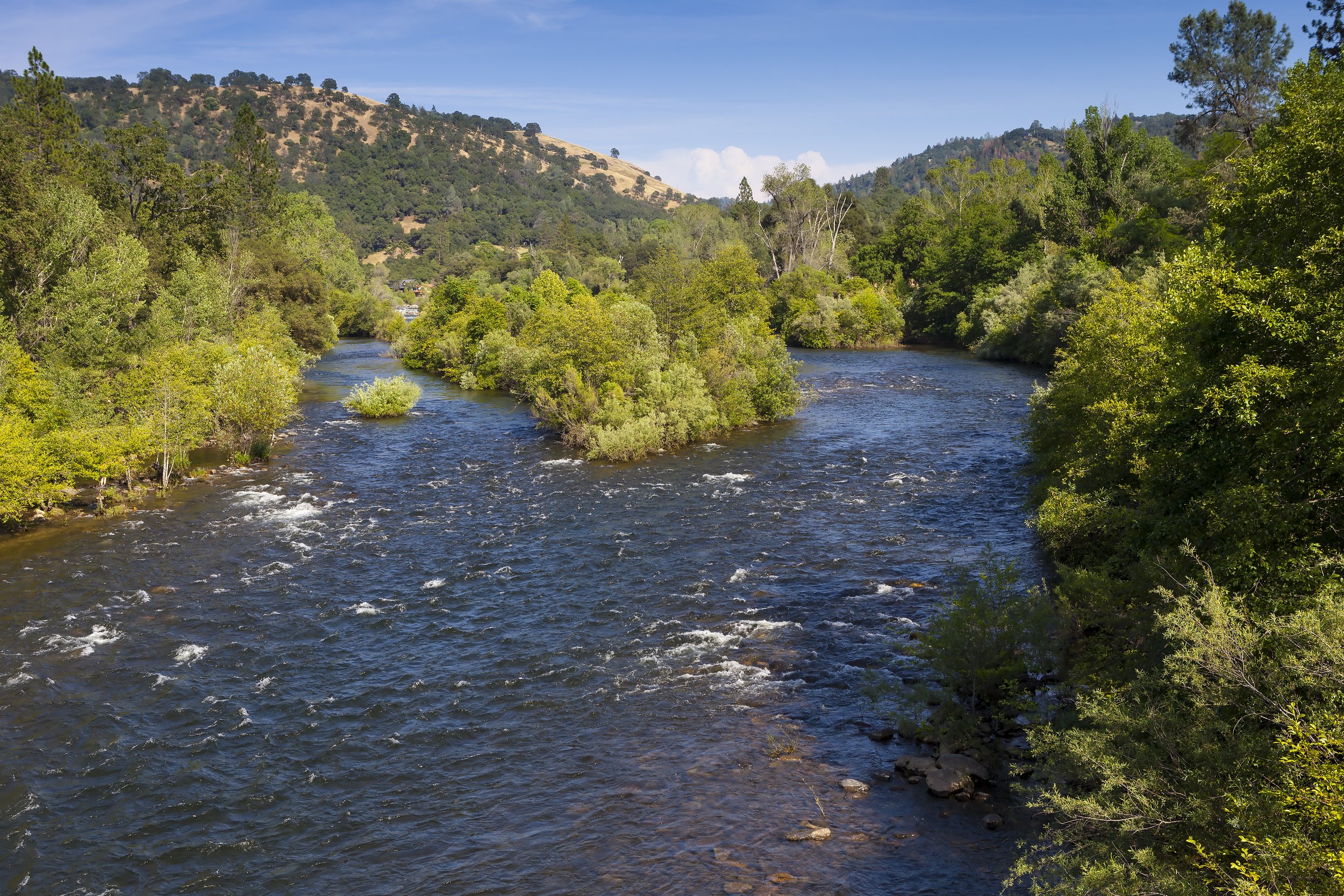
BETTER
FARMING,
BETTER
RESULTS
For 150+ years, agriculture in California has adapted the environment to the crops.
This design flaw leads to
Crop failures
Plants dependent upon artificial landscapes are failing with climate change.
Water shortages
Damming and draining our rivers and aquifers to irrigate non-native crops is unsustainable.
Habitat destruction
California has more endangered biodiversity than any other part of the contiguous United States.
We can fix agriculture by changing what we grow - and how we grow it.

WHERE DO WE START?
Bringing low water, climate-adapted native foods to the mainstream. This starts with acorn, but can include many other native foods over time as well. From Manzanita sugar to bay nuts and more, the future is delicious.
HOW?
Working with existing landscapes and native foods.
California has millions of acres of Oak forests that can produce hundreds of millions of tons of acorn a year. Most of those nuts are left unharvested. By partnering with private landowners, we can sustainably harvest Wild Foods like Acorn, while protecting forests and habitat - and dramatically reducing water usage compared to conventional crops.
Re-wilding farms
Farms and orchards across California and the Western US are in trouble as climate change brings more extreme weather, from droughts to floods. Oak trees can survive both far better than conventional nut crops, and grow without irrigation. Most of California’s orchards stand on former Oak forests. By farming locally native trees while developing and sharing best practices to harvest, our grower’s cooperative can transform California’s agriculture.

NATIVE FARMING BENEFITS
A climate-adapted food system yields long-term stability
No-irrigation native crops are resilient, and preserve rivers and aquifers.
Western native plants are uniquely adapted to drought, which is the biggest driver of crop failures from climate change. We can save trillions of gallons by eating foods that evolved to grow natively without irrigation.
Deep root systems rebuild topsoil over time.
Western native plants have stronger and deeper roots than conventional crops, and those root systems can sequester gigatons of carbon while building topsoil that improves future yields - unlike industrial farming that destroys topsoil, releasing C02. California’s Oak forests can sequester more than 80 tons of carbon an acre (4x what an almond orchard stores), half of it in the deep topsoil they create.
Keeping forests and soils intact significantly reduces emissions.
Topsoil is the world’s most important carbon storage, storing more carbon than the entire atmosphere and all plants combined. Conventional Agriculture is responsible for more than 1/4 of greenhouse emissions, but rebuilding our native ecosystems can reverse this trend.
Preserving California’s Oak forests protects biodiversity.
These forests are home to more than 6,000 species. By replanting, we can reverse the century+ of clearcutting for farms, orchards, and suburbs.